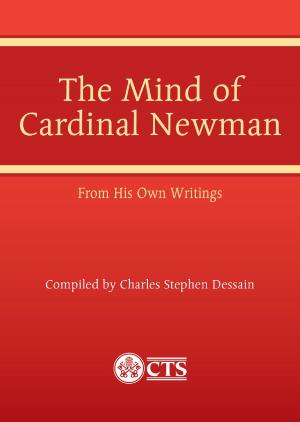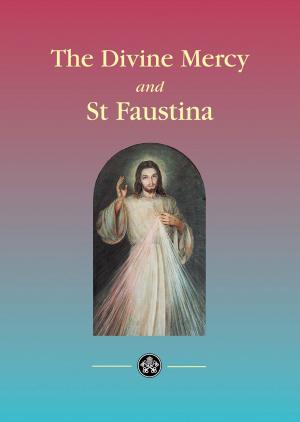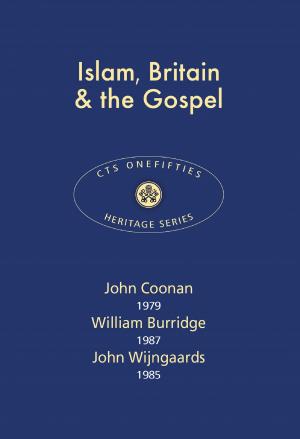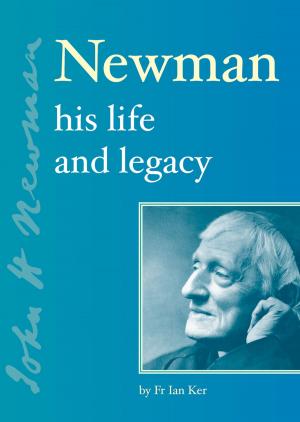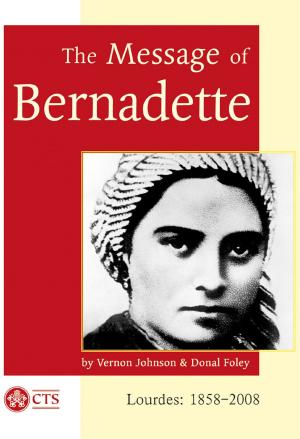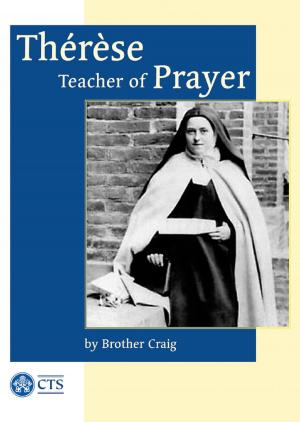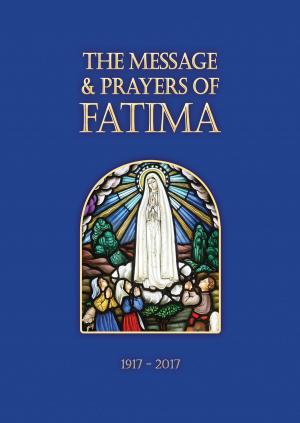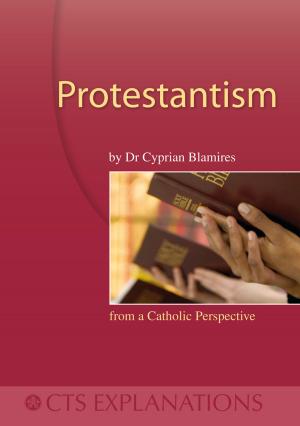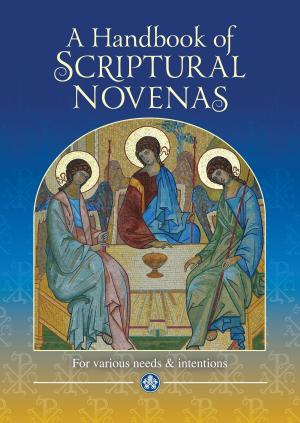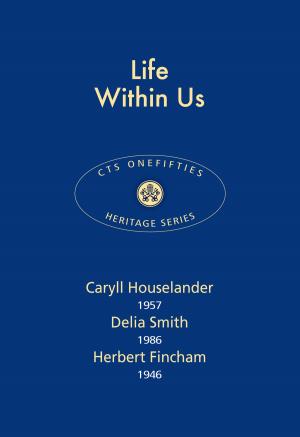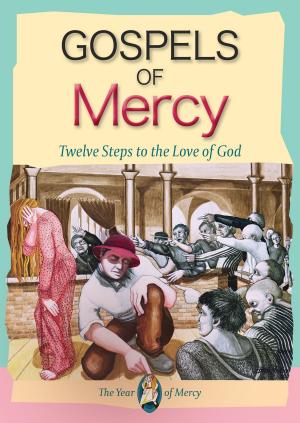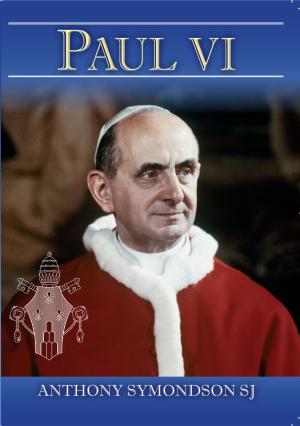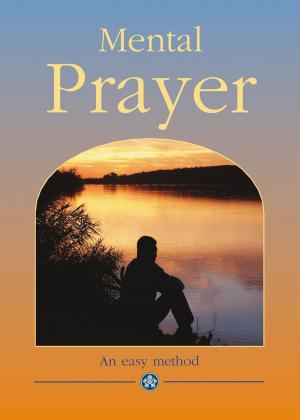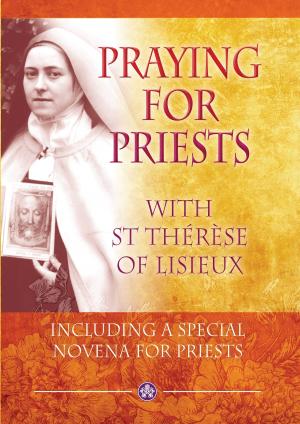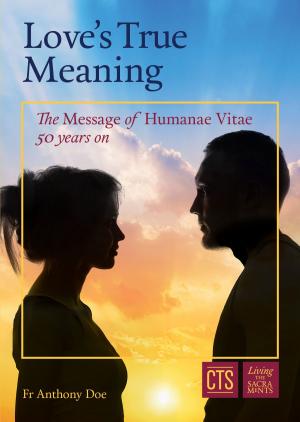Medieval Christianity
Nonfiction, Religion & Spirituality, Christianity, Church, Church History, History| Author: | Christopher Dawson | ISBN: | 9781784695163 |
| Publisher: | Catholic Truth Society | Publication: | October 17, 2017 |
| Imprint: | Catholic Truth Society | Language: | English |
| Author: | Christopher Dawson |
| ISBN: | 9781784695163 |
| Publisher: | Catholic Truth Society |
| Publication: | October 17, 2017 |
| Imprint: | Catholic Truth Society |
| Language: | English |
In a broad survey of a thousand years of religious history, Christopher Dawson stresses the non-European roots of medieval Christendom, but also its flourishing in lands beyond the frontiers of classical civilisation. This marriage of Mediterranean and near-Eastern culture with the barbarian peoples of the North was fruitful in myriad ways: classical culture was preserved, the rule of law established (in theory at least) and the expression of Christianity in theology, philosophy, literature and architecture flourished. Social norms benefitted from Christian influence, and the great monasteries became oases of learning and a power in the land. He traces with care the fascinating development of the Roman liturgy. Above all, Dawson explains how for a time the whole creative and social current of Europe was infused with Christianity and its monuments – literary, architectural, legal and social – all form part of the patrimony both of Christendom and of world civilisation.
In a broad survey of a thousand years of religious history, Christopher Dawson stresses the non-European roots of medieval Christendom, but also its flourishing in lands beyond the frontiers of classical civilisation. This marriage of Mediterranean and near-Eastern culture with the barbarian peoples of the North was fruitful in myriad ways: classical culture was preserved, the rule of law established (in theory at least) and the expression of Christianity in theology, philosophy, literature and architecture flourished. Social norms benefitted from Christian influence, and the great monasteries became oases of learning and a power in the land. He traces with care the fascinating development of the Roman liturgy. Above all, Dawson explains how for a time the whole creative and social current of Europe was infused with Christianity and its monuments – literary, architectural, legal and social – all form part of the patrimony both of Christendom and of world civilisation.

